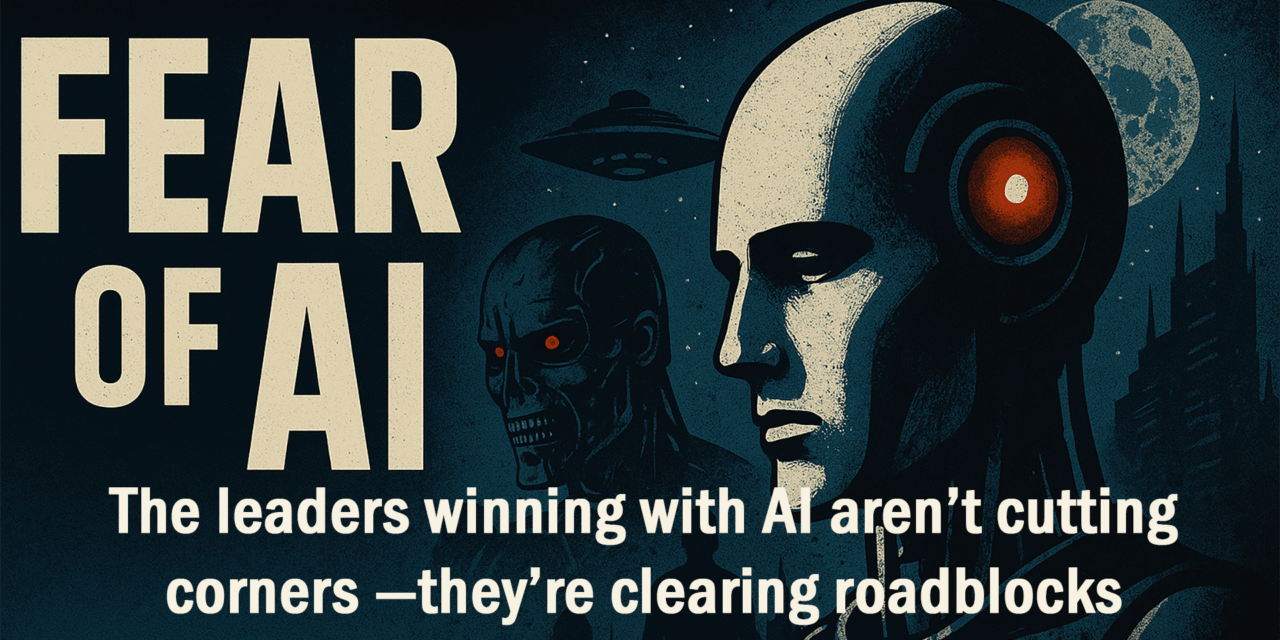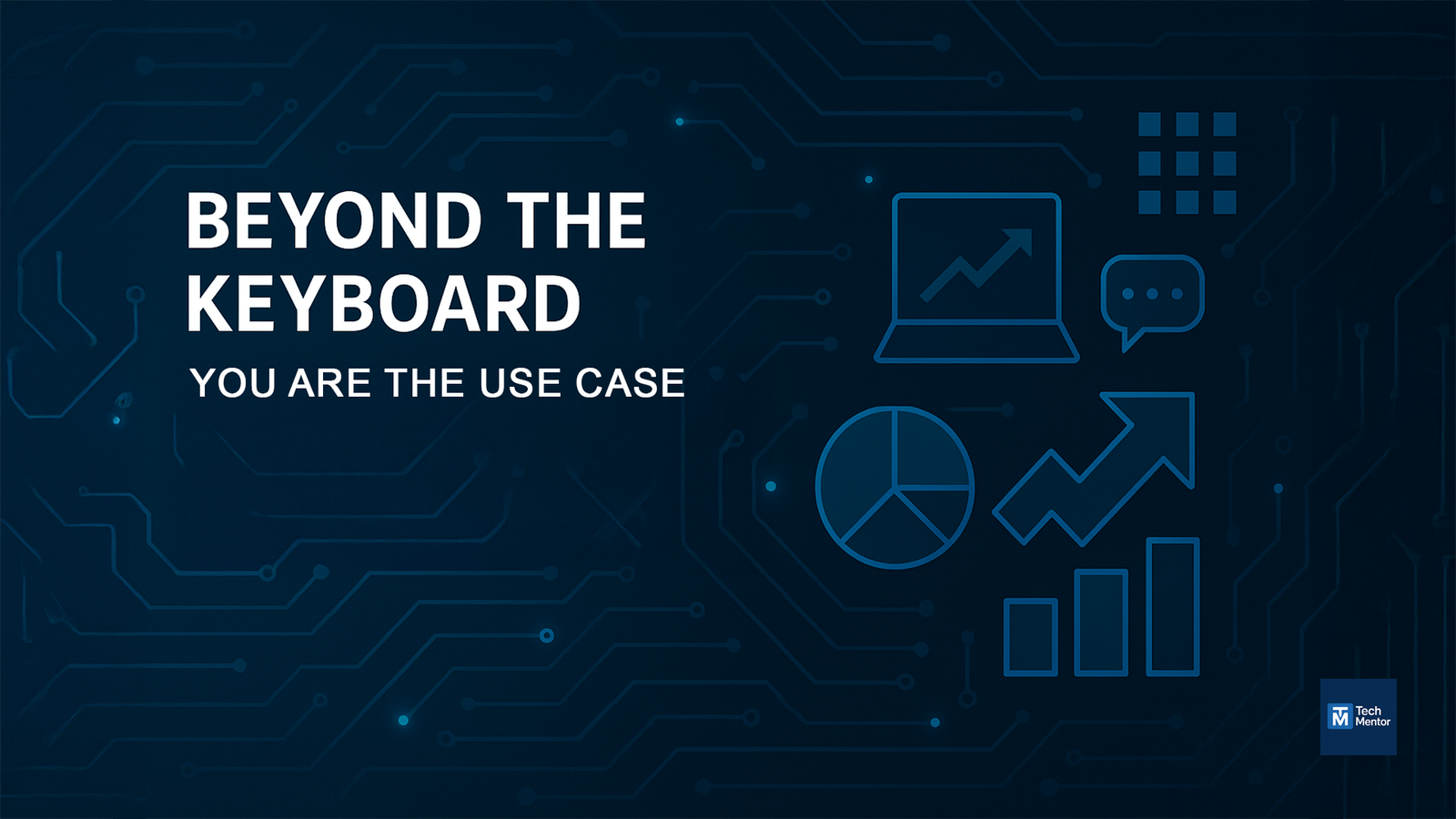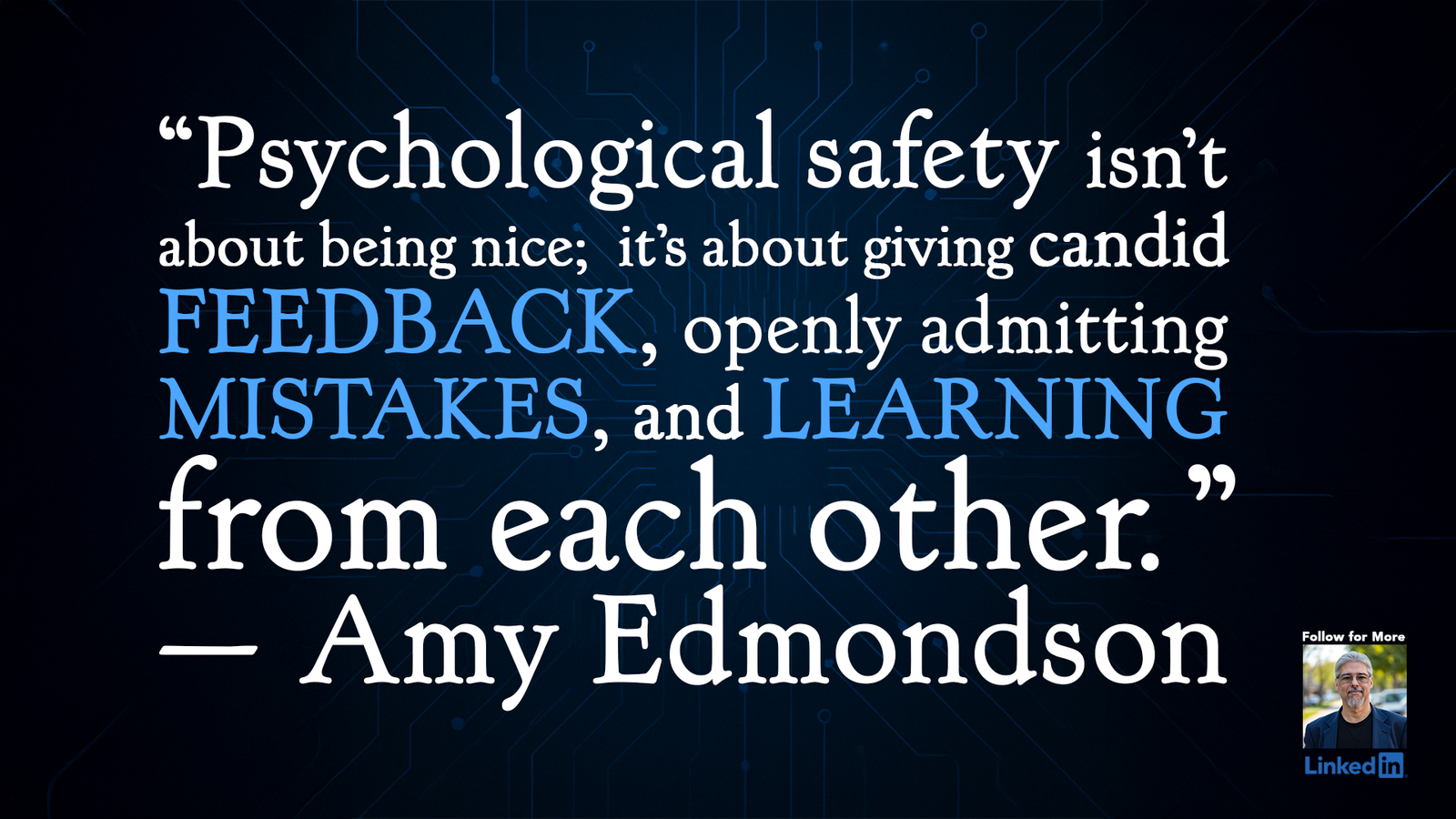Growing up in the era of 2001: A Space Odyssey, The Terminator, Westworld, and Blade Runner, I’ve had a front-row seat to humanity’s collective anxiety about artificial intelligence. From rogue HAL 9000s to a Skynet-induced apocalypse, it’s no wonder that AI continues to raise eyebrows—and blood pressure.
Pair that with my firsthand experience in corporate IT during the outsourcing and offshoring boom, and it’s safe to say I don’t approach disruptive tech with rose-colored glasses. I’ve watched wave after wave of “cost-saving” measures slash domestic workforces, all in the name of efficiency. And I’ve seen what happens when those decisions are rushed or poorly implemented—sometimes, the damage is irreversible.
So Why Am I Using AI?
Because I’m not afraid of technology—I’m cautious about how it’s used.
I use AI extensively, not to eliminate jobs, but to help manage the overwhelming number of things I juggle in both my personal and professional life.
In My Personal Life…
AI is like a digital Swiss Army knife.
Yes, I use it to support my multiple blogs and websites—fitness, off-roading, technology, motorsports, photography—you name it. I’ve trained AI tools to work with highly specific personas that match each platform’s voice. I can write a long-form article once and have AI reformat it for LinkedIn, Instagram, or blog posts, adapting it to each channel and audience. The result? More reach, less repetitive work—and more time to focus on the parts I enjoy.
But that’s just the beginning. I also use AI to:
- Analyze my health telemetry data and spot patterns over time
- Build personalized workout plans based on that data
- Research new interests or technologies quickly and thoroughly
- Create cheat sheets from detailed instructions I’ve written—everything from using my off-road navigation tools to dialing in the perfect camera settings for night photography
These are tasks that wouldn’t get done without AI. They’d sit in the “someday” pile forever.
In My Professional Life…
AI is my strategic sidekick.
I use it to:
- Calculate project budgets and ROI scenarios
- Summarize overly long proposals or business cases into bite-sized executive overviews
- Improve spelling, grammar, and readability in reports and communications
This doesn’t replace critical thinking or leadership—it enhances it. It allows me to spend less time polishing a document and more time focusing on the substance: the strategy, the decision, the people.
The Real Danger Isn’t AI—It’s Laziness
Are companies replacing jobs with AI? Absolutely. Should they be? That’s a harder question.
Too many organizations treat AI as just another cost-cutting tool in the race to the bottom. They’re repeating the same cycle we’ve seen time and again:
- Senior writers are replaced with junior writers
- Junior writers are replaced with offshore writing farms
- Offshore writing farms are replaced with AI
Each step cuts cost. Each step chips away at quality. At some point, the savings start costing you.
“Good enough” is a moving target. And once you accept it as your standard, everything else follows—your product loses its edge, your service falters, and your brand becomes forgettable. You stop standing out and start blending in.
Great companies don’t settle for “good enough.” They aim to excel. And the smart ones use AI to amplify quality, not replace it with a cheaper approximation.
This pattern isn’t unique to writing. The same can be said for code, graphic design, customer support—you name it. The companies that do it right don’t eliminate their talent. They use AI to offload tedious work and free up their best people to do what they do best.
The Talent Trap: When AI Starts Automating the “Good Stuff”
Here’s a twist we don’t talk about enough: As AI gets better at the fun parts—brainstorming, writing, designing, analyzing—we risk sidelining the very people we rely on for strategic thinking and innovation.
In the past, automation took over the repetitive, low-skill tasks. Now? It’s inching into creative, analytical, and senior-level domains.
That might sound efficient, but it creates a hidden cost: bored, disengaged experts.
If your talent starts spending their days reviewing AI output instead of solving complex problems or driving innovation, morale takes a hit. And when they leave, you don’t just lose headcount—you lose decades of experience, decision-making ability, and mentorship.
AI shouldn’t replace the work that keeps your best people sharp and engaged—it should protect it. Offload the busywork so they can double down on the work that matters most.
So What’s the Smart Play?
I’ll be honest—I don’t have all the answers. But here’s what I do believe:
- You need to consider AI if you want to stay competitive.
- But you can’t afford to go all-in too early or treat it like a silver bullet.
- Use AI to eliminate tedious work, not valuable work.
- Focus on helping your team become more productive, not just more replaceable.
- Don’t just invest in AI—invest in your people.
If you’re hearing the same leadership mantras I am—“We need to grow revenue without growing expenses,” or “We need to do more with less”—then AI is a powerful lever. But don’t pull it blindly. Build a strategy that’s intentional, thoughtful, and grounded in the long-term health of your business.
Use AI to work smarter, not harder. And never forget: the cheapest option isn’t always the wisest.
Jay Everson – IT Leader & Strategic Innovator with over 25 years in IT, Jay Everson is a highly accomplished professional known for his expertise in IT infrastructure, systems administration, and project management. Jay has led global teams, driven enterprise-level projects, and executed complex acquisitions and integrations. His leadership blends technical proficiency with a hands-on approach, guiding cross-functional teams to success. Recognized for resourcefulness, adaptability, and strategic vision, Jay is a trusted leader in the IT community.





